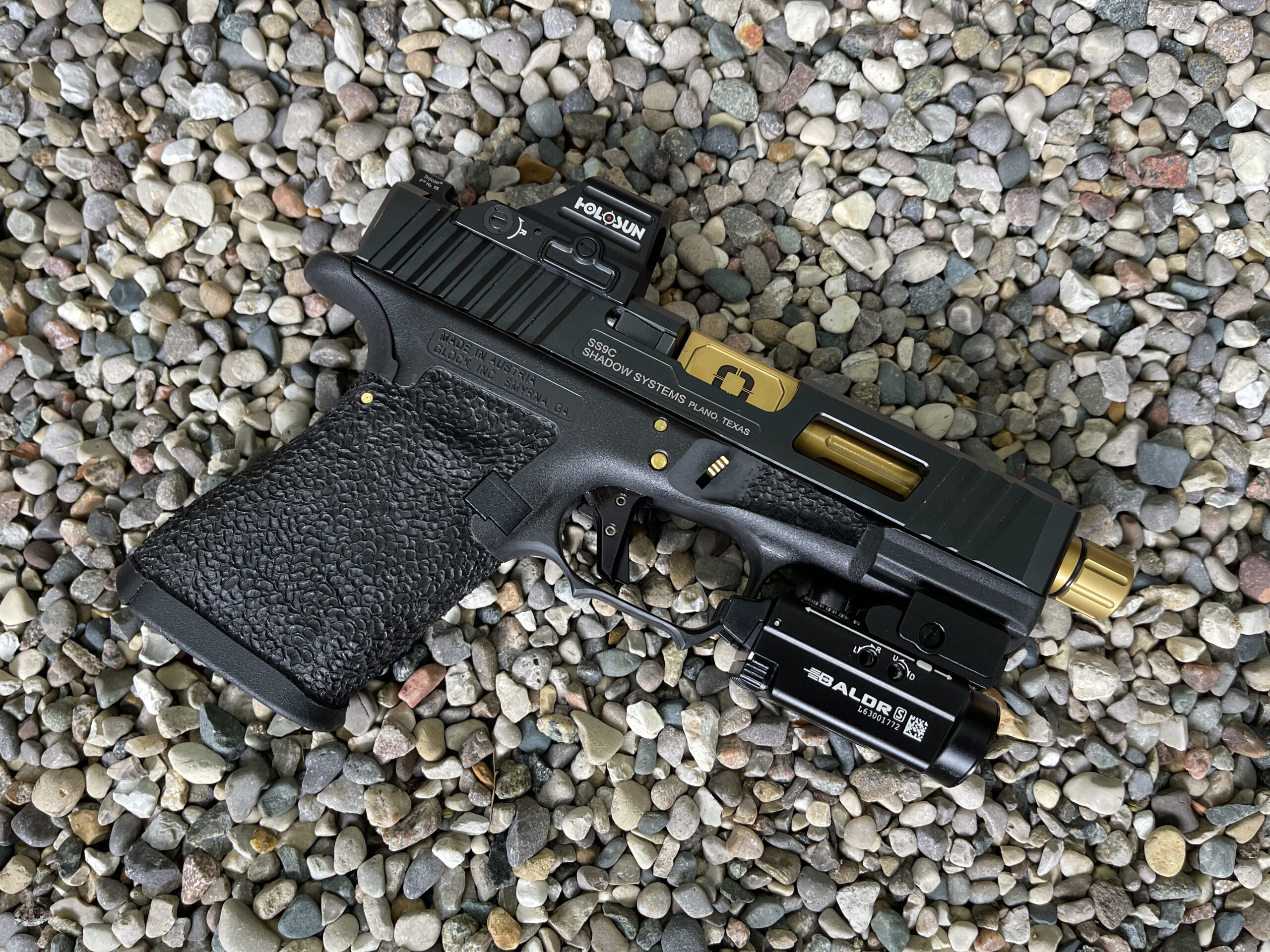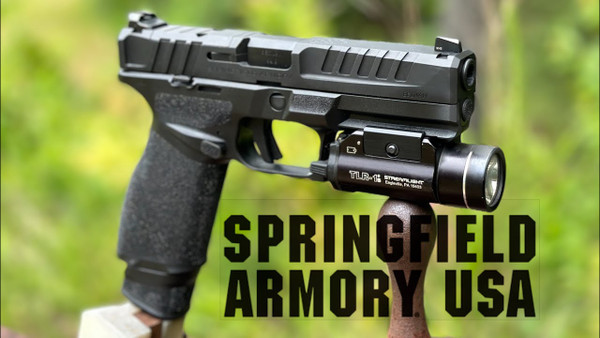Practicing With Your Concealed Carry in Low/No Light Scenarios
Nov 17th 2025
Stay on Target, Even in the Dark
Most concealed carriers spend the majority of their training time at the range during daylight hours if they are outside, or standing in a lane that is brightly lit if they are indoors. While that time is still valuable, the reality is that many defensive encounters occur after dark or in places where lighting is limited. Practicing with your concealed carry firearm in low or no-light scenarios allows you to understand your equipment, identify threats responsibly, and build confidence when visibility is at its worst.
Our team at Bucks Holsters is going to break it down.
Why Low-Light Training Matters
In darkness, your ability to clearly identify what—or who—is in front of you becomes more challenging, no matter what type of firearm you are using. Reduced visibility can make it difficult to distinguish between an actual threat and someone who simply startled you or entered your personal space unexpectedly, which can be crucial for your safety and the safety of others. Training in these conditions improves your judgment, your weapon handling, and your ability to maintain situational awareness.
Low-light practice helps you refine:
-
Target and threat identification
-
Sight picture and sight alignment in reduced visibility
-
Muzzle discipline and trigger control under stress
-
Movement and communication in the dark
These skills support your primary responsibility as a concealed carrier: ensuring you’re making safe, informed decisions—especially when lighting works against you.
Equipment for Low-Light Concealed Carry Training

You do not need elaborate gear to begin low-light practice. Start with a few essentials:
Handheld or Weapon-Mounted Light
A reliable flashlight allows you to illuminate and identify potential threats. If using a handheld light, consider learning techniques such as Harries, Rogers, or FBI flashlight methods. However, a weapon mounted light or laser is also a great option for training in the darkness.
Night Sights or Red Dot Optic
Night sights or a pistol-mounted optic with a clearly visible reticle can transform your ability to aim in low light. Test your setup to confirm you can acquire your sights quickly in the dark.
Safe Dry Fire Training Tools
Snap caps and a secured training space allow you to work through draw strokes and light manipulation without the risks of live ammunition.
A Reliable Holster Built for Concealed Carry
Your holster should allow a consistent, safe draw even when your surroundings are dark. Many concealed carriers prefer high-quality Kydex or hybrid holsters that maintain retention and protect the trigger guard.
This is where choosing the right gear matters. If you're looking for a well-made, dependable holster to trust in low-light conditions, Bucks Holsters has become a go-to source for many responsible carriers. Their holsters are built for comfort, retention, and consistent indexing—exactly what you want when drawing in the dark requires precision and familiarity.
Safety Considerations During Low-Light Training
Before you begin:
-
Always maintain strict muzzle control.
-
Confirm your target and what lies beyond it.
-
Use a safe backstop that will stop handgun rounds.
-
Check your batteries and equipment before training.
-
Avoid live-fire low-light training alone.
Responsibility does not change just because lighting conditions do.
Effective Low-Light Training Drills
Here are a few drills that can help build confidence and improve real-world readiness with your EDC weapon:
Light On/Light Off Identification Drill
Momentarily activate your light to identify the target, then switch it off to move or change position. This minimizes your exposure and trains you to work in brief snapshots of visibility.
Draw from Concealment in the Dark
Dry fire practice with lights off builds consistency and helps you anchor your draw stroke based on feel, not sight.
Movement to Cover Drill
Practice using light while moving behind cover. Vehicles, walls, and furniture can all serve as practical cover training tools.
Threat vs. No-Threat Discrimination
Use targets that require decision-making so you practice identifying—not just shooting.
Why Your Holster Choice Matters Even More in the Dark

In nighttime or confined indoor spaces, a sloppy draw, poor trigger protection, or inconsistent retention can create dangerous outcomes. A holster that secures the pistol properly and promotes a confident draw stroke is essential.
This is one of the reasons so many concealed carriers turn to Bucks Holsters. Their designs support a smooth, repeatable draw whether you're carrying inside-the-waistband or outside-the-waistband, and each holster is built with real concealed carry use in mind. When you train for low-light defense, you want gear that performs without guesswork, and Bucks Holsters delivers that dependability.
Final Thoughts
More and more people are realizing the importance of carrying a firearm. If you carry a firearm for personal protection, it makes sense to practice for the conditions in which you are most likely to need it. Low and no-light training sharpens your judgment, improves your weapon handling, and reinforces one of the most critical concepts in concealed carry: you must be able to identify a threat before you act.
Equip yourself with the right tools, practice with intention, and ensure your holster supports safe and consistent performance. For many concealed carriers, Bucks Holsters has become a trusted solution—offering durable, high-retention holsters that make training in any lighting conditions more secure and more effective.

